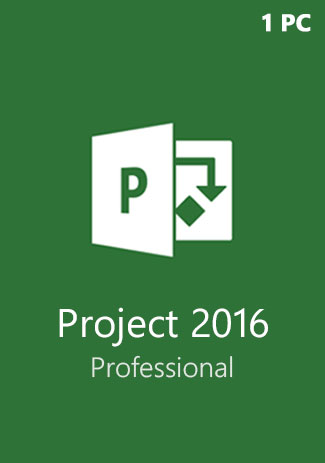


Refer to the following blog for a discussion on creating a VBA subroutine to line item material resource costs Microsoft Project Visual Basic Application Programming – A Brief Introduction. Displaying resource material cost of tasks in fact requires a Visual Basic Application (VBA) subroutine. This requires significantly more effort in Microsoft Project.
.svg/1200px-Microsoft_Project_(2019–present).svg.png)
One may be interested in displaying a line item (or column) for material costs. The cost column, which can be titled ‘total cost’ sums all task cost, including fixed price costs. Microsoft Project 2013 has an allotted ‘Fixed Price’ column for listing all the ‘Fixed Price’ line items in the schedule. In this way scheduler’s can separate project ‘Fixed Price’ costs from other costs. In Microsoft Project 2013 it is possible to specify a ‘Fixed Price’ cost line item for work done at an agreed upon price. There are no associated equipment costs with the Insulate Piping effort. In Figure 11 we specify that the cost of Insulate Piping includes ‘Material & Labor to Insulate Piping’. In Figure 10, we right click on ‘Insulate Piping’, and select Notes from the popup menu. Verify that the insulation cost sums in with the entire cost of the project, and it does the total project cost without the insulation is $24,100 and with the insulation the total cost comes to $32,100.įinally, we want to add a note to our Insulate Piping task. Figure 8įigure 9 displays the schedule including our Insulate Piping fixed price cost. Now enter 8000 in the Fixed Cost column for the Insulate Piping task, Figure 8. Right click and use the ‘Fill Down’ feature to populate all tasks with the End Fixed Cost Accrual type, Figure 7. Set the ‘Fixed Cost Accrual’ to End, so the task is not expensed until complete, Figure 6. We now add ‘Fixed Cost’ and ‘Fixed Cost Accrual’ columns to our task table, Figure 5. The resulting Total Cost column and schedule is in Figure 4. Type in Total Cost for the Title, Figure 3. Right click on the cost column, Figure 2, and select ‘Field Settings’ from the popup menu. We first want the cost column to reflect that it is the total cost of each activity and the entire project. We also want it included in the total cost summation. We would like this fixed price cost to appear in our schedule as a line item. This fixed price task cost includes any labor, material, and equipment costs. The subcontractor insulating the pipe agreed to do the entire pipe insulation effort for a fixed price of $8000. Note, in particular, ‘Insulate Piping’ has no assigned cost. Most, but not all, tasks in this schedule have been assigned labor and material costs. Our demonstration pipe repair and improvement schedule is in Figure 1. This article demonstrates the process of assigning fixed price task costs to tasks in Microsoft Project 2013. How do we specify fixed price task costs in Microsoft Project? These fixed price contracts transfer the risk of not meeting cost estimates and/or goals onto the subcontractor. Fixed price costs are procurement contracts where the subcontractor performs a task at an agreed upon price, regardless, of the final labor, material, and/or equipment costs. This cost summation also includes any fixed price costs. The sum of labor, material, and equipment costs in Microsoft Project is displayed in the cost column. You can also display fixed costs in their own separate column.
#MICROSOFT PROJECT 2016 PRICE PLUS#
This cost is the sum of all task costs, plus any fixed costs. Microsoft Project has a cost column to display the total cost of tasks. Using Microsoft Project and fixed price task costs.


 0 kommentar(er)
0 kommentar(er)
